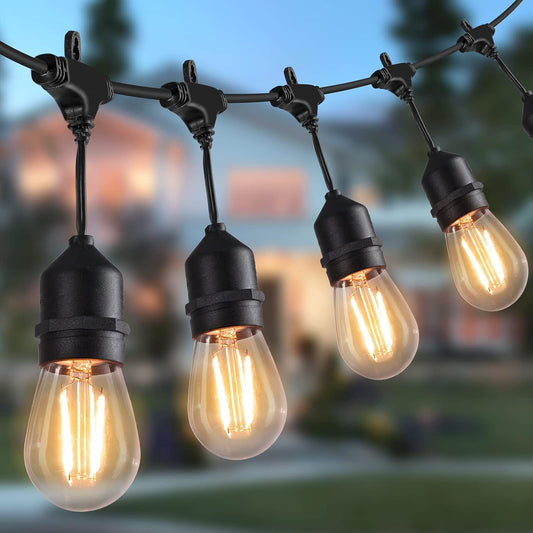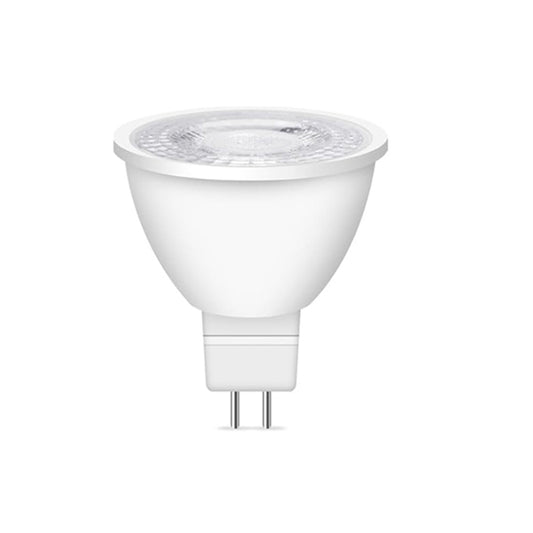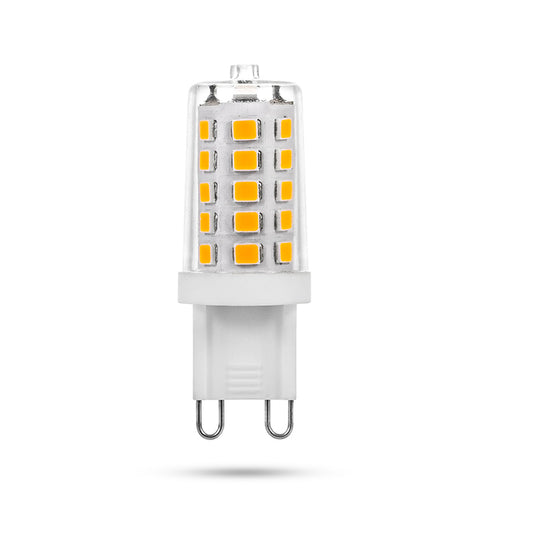
How to Select Voltage for LED Bulbs: A Simple Guide
Choosing the right voltage for your G40 bulbs ensures optimal performance, longevity, and safety. Here's a detailed guide on the features and applications of G40 bulbs at different voltages to help you make an informed decision.
3.7V - 5V Bulbs
Features:
- Low voltage, typically used in small electronic devices or portable lighting.
- Commonly found in USB-powered decorative light strings, such as holiday lights.
- Can also be powered by solar energy systems.
Applications:
- Indoor small decorative lights, such as desk lamps and bedside lamps.
- Portable lights or mobile lighting for outdoor activities.
- Solar-powered garden lights and pathway lights.
Advantages:
- High safety, making it suitable for homes with children.
- Compatible with mobile power sources or USB ports, offering high flexibility.
- Energy-efficient and environmentally friendly with solar options.
12V Bulbs
Features:
- Often used in automotive lighting and low-voltage outdoor lighting systems.
- Requires a transformer or adapter to convert from standard voltage to 12V.
Applications:
- Car interior and exterior decorative lighting, such as roof lights and ambient lighting.
- Outdoor garden and patio lights, especially in environments where low-voltage safety is crucial.
- Compatible with solar power systems for energy-efficient outdoor lighting.
Advantages:
- Compatible with solar power systems, ideal for energy-efficient and eco-friendly applications.
- High safety with low voltage, reducing the risk of electric shock.
- Versatile for both automotive and outdoor use.
24V Bulbs
Features:
- Mainly used in commercial or industrial settings, as well as some high-end home lighting systems.
- Requires a 24V power source, usually converted from higher voltage through a transformer.
Applications:
- Decorative lighting in commercial spaces, such as restaurants and cafes.
- High-end home lighting systems where stable low-voltage power is needed.
- Outdoor landscape lighting and specialty installations.
Advantages:
- Provides higher power output compared to 12V, suitable for brighter lighting needs.
- Maintains safety with low voltage, ideal for wet or potentially hazardous environments.
- Efficient and stable, supporting longer lighting installations.
110V Bulbs
Features:
- Commonly used in North America and other regions with 110V standard voltage.
- Can be directly connected to the household power grid without additional transformers.
Applications:
- Everyday lighting and decorative lighting in North American homes.
- Suitable for both indoor and outdoor use, compatible with a wide range of fixtures.
- Perfect for holiday decorations, string lights, and ambient lighting.
Advantages:
- Easy installation with direct plug-in to standard outlets.
- Widely available and easy to find replacements.
- Suitable for various lighting needs, from everyday use to festive decorations.
220V Bulbs
Features:
- Commonly used in Europe, Asia, and other regions with 220V standard voltage.
- Direct connection to the household power grid without additional transformers.
Applications:
- Everyday lighting and decorative lighting in European and Asian homes.
- Suitable for both indoor and outdoor use, compatible with a wide range of fixtures.
- Ideal for holiday decorations, string lights, and ambient lighting.
Advantages:
- Simple installation with direct plug-in to standard outlets.
- Widely available, with a broad selection in the market.
- Ideal for various lighting needs, from everyday use to festive decorations.
How to Choose the Right Voltage for G40 Bulbs
Know Your Power Source:Determine the standard voltage in your region and the rated voltage of your fixtures.
Consider the Application:Choose the appropriate voltage based on the specific application. For example, low-voltage (3.7V-12V) is suitable for portable devices or automotive use, while household and commercial applications typically require 110V or 220V.
Safety Considerations:Low-voltage bulbs (such as 3.7V-12V) are generally safer and are ideal for environments with children and pets. High-voltage bulbs (such as 110V-220V) are better for fixed household or commercial lighting.
Ease of Installation:Ensure the selected bulb's voltage matches your existing fixtures and power system to avoid damage or safety hazards.





